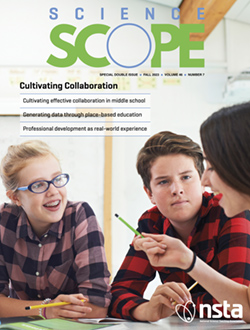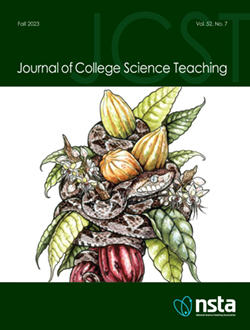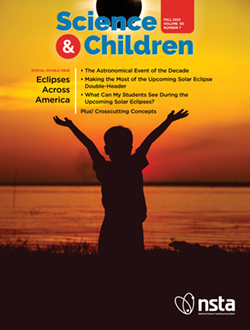Freebies and Opportunities for Science and STEM Teachers, September 5, 2023
By Debra Shapiro


Special Double Issue—Fall 2023
Cultivating Collaboration

Special Double Issue—Fall 2023
Cultivating Collaboration

Special Double Issue—Fall 2023
Cultivating Collaboration

Fall 2023
Volume 52, Number 7

Fall 2023
Volume 52, Number 7

Fall 2023
Volume 52, Number 7

Special Double Issue—Eclipses Across America
Fall 2023

Special Double Issue—Eclipses Across America
Fall 2023

Special Double Issue—Eclipses Across America
Fall 2023

Fall 2023
Special Double Issue—Eclipses Across America

Fall 2023
Special Double Issue—Eclipses Across America

Fall 2023
Special Double Issue—Eclipses Across America
Get Ready for the 2023-24 Solar Eclipse 'Double-Header'
By Dennis Schatz and Andrew Fraknoi
Posted on 2023-08-30

The Name’s Bond, Chemical Bond
Agent Forever Chemical
By Katie McShea, Kari Fleuriet, Fatmah Alamoudi, Deana Jaber

Safety Blog
Gearing Up Instructional Spaces Safety-Wise for the New School Year, Part II
By Ken Roy
Posted on 2023-08-28

Freebies and Opportunities for Science and STEM Teachers, August 29, 2023
By Debra Shapiro

Freebies and Opportunities for Science and STEM Teachers, August 22, 2023
By Debra Shapiro


